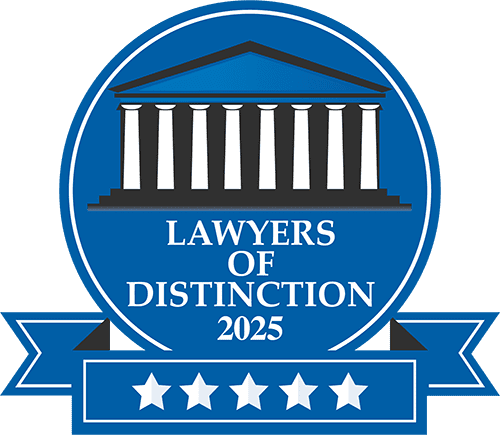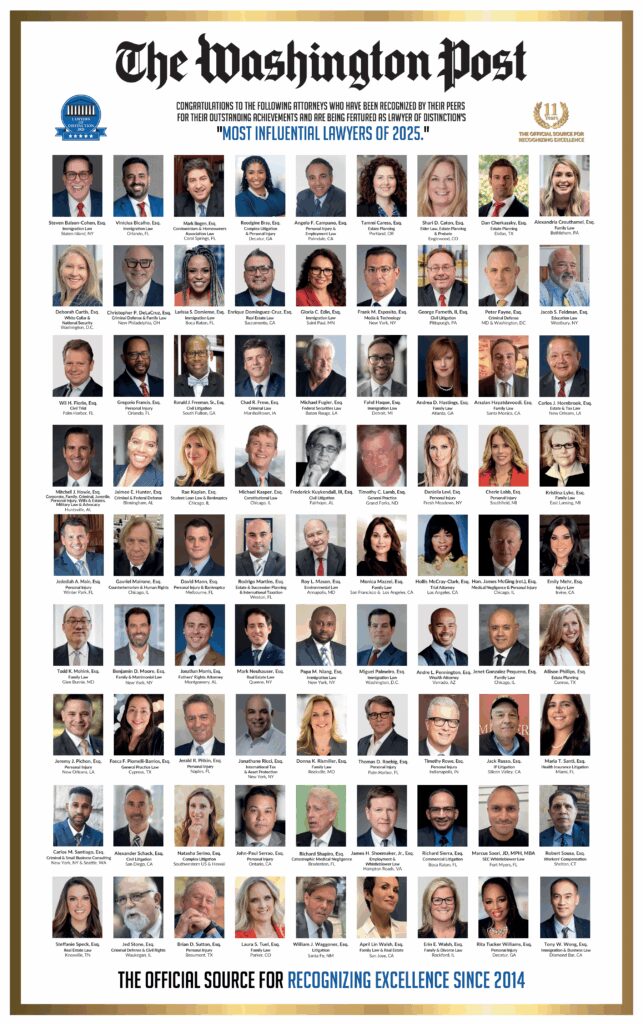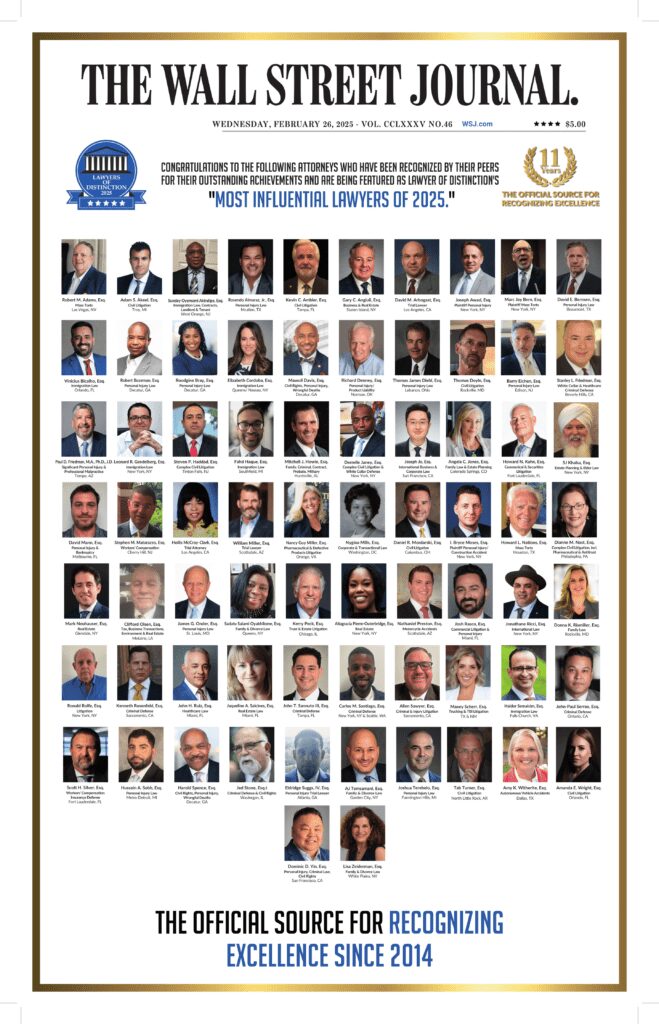From analysis and standardization to branding and promotion, marketers wear many hats. However, at its core, marketing is about telling a client’s story in a way that facilitates a B2C connection of trust, communication, and utilization. For legal marketers, understanding and implementing this skill has never been more important than now as the world struggles to adapt to pandemic-induced changes.
Strategic Communication
Marketers are first and foremost strategic communicators. It’s not suffice to merely push a message out to the public. Of course, when the pandemic first emerged, it was necessary to help firms make their clients and prospects aware that services wouldn’t cease to exist. Virtual availability, compliance with local and federal safety guidelines, and other vital facets had to have a bold and widespread message.
However, the pandemic landscape is no more idle than any other period of time. The fluidity of adaption and continued evolution still remains. It’s no longer suffice to begin marketing messages with … ‘here is this message and all the expert info that applies to it.’
The above doesn’t support the law firm, and it certainly doesn’t offer a value proposition/proof to clients and prospects inundated with pandemic information at every turn.
Ensure Messages Center Around Strategic Communication
What’s the first element of strategic communication? Those answering message are still thinking in terms of antiquated marketing. The real answer is audience. Here’s what the focus should target:
• Identifying the firm’s ideal audience.
• Identifying the most important clients and best prospects.
• Identifying what matters most to the above groups, including their pain points and most pressing urgencies.
The Pivot To Listening Verses Telling
Marketing leaders in the law firm sector initially focused on managing COVID-19-era communication, which was the right move. The public needed to be informed of vital changes and precautions being taken. Mission accomplished, and now it’s time to move forward.
Communication efforts can’t stall in this novelty emergency info push. It also can’t assume that processes used before the pandemic were perfectly up to par, meaning the goal far exceeds just finding innovative ways to do the same work in a new environment.
The pandemic’s disruptive nature has actually highlighted the many weakness and flaws in how law firms have traditionally handled communication efforts. It’s begged questions on the source of info, target audience of the info, actual recipients, and what the recipients then do with that info.
What’s been discovered is that these communications haven’t been hitting the mark in terms of establishing, building, and strengthening B2C relationships. Accomplishing those goals means that the substance of every message must be of value, and simply ticking off a list of services and what a lawyer knows isn’t that value proposition clients are looking to get, particularly in times when many are without a source of stable income.
One of the most pressing issues for clients in this landscape is that they need their service providers, including legal providers, to share the burden this crisis has created for the world.
Some law firms have answered this call with creative payment structures, discounts, and focusing on essential tasks first and foremost. Other firms have created completely new service models, such as a COVID crisis team to answer all pandemic questions for a flat monthly rate of service.
Any firm with such new, highly valuable offerings should design a marketing campaign around it and let the communications roll out. Otherwise, though, firms and their marketing teams should tailor their focus to listening over telling. Again, what is it that clients and prospects need to help mitigate their most pressing pain points and concerns?
How Can Marketers Offer Their Own Value Proposition And Redirect Their Attorney Clients?
Marketing plays a crucial role in helping legal firms more efficiently and effectively communicate with clients and prospects. Of course, marketers, must also show, not tell, how they’re adapting and evolving strategies to help bolster strategic communication during these trying times. Begin with the following points of action:
• Focus thought on smart questions firms can ask about their strategy and audiences.
• Determine a firm’s (individual departments and attorneys if applicable) focal point of services and clients, and plan a route that best connects firms and messages to that target.
• Use media-style prep tactics for attorneys using Zoom and making remote oral arguments.
• Assess communication volumes and expediency to ensure the existing internal and external communication system is adequate. If not, work with the firm’s leaders to develop solutions. This includes how the firm communicates with marketing staff, too.
• Develop a checklist, interface, or other tool system to help streamline client and prospect requests for guidance and more info.
In closing, there’s so much more to legal marketing than just creating and sending messages and mass ‘to-do’ or service list info. Help firms keep the focus centered on the audience and audience’s unique, evolving needs through this pandemic.
Source: https://www.jdsupra.com/legalnews/in-crisis-and-beyond-how-legal-29681/






